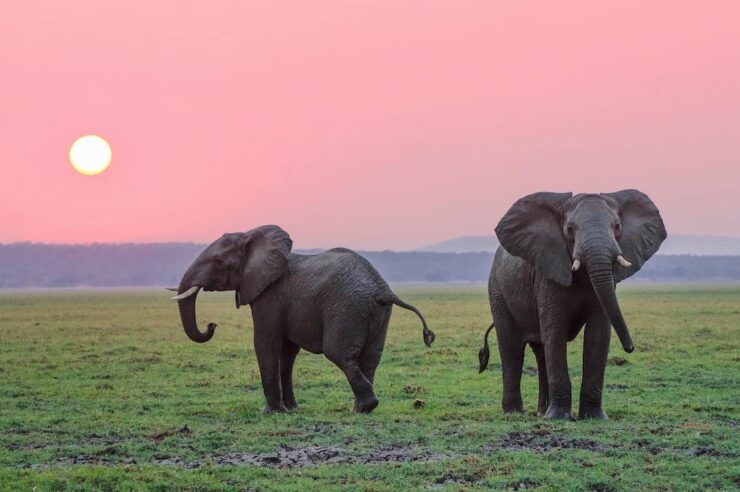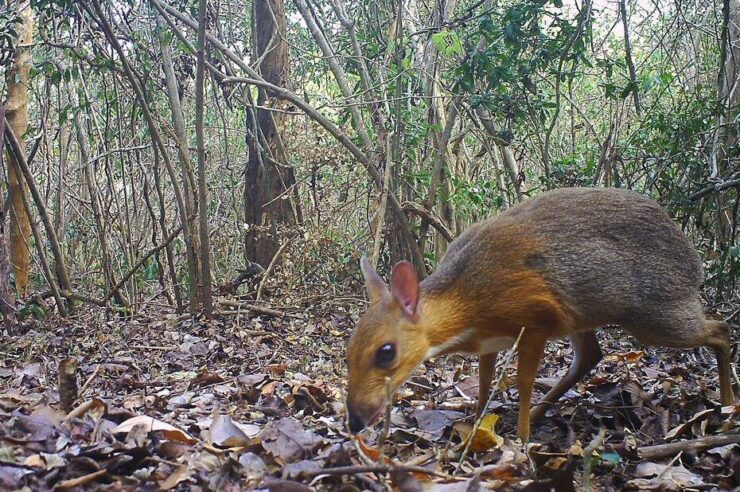A resplendent rainbow fish, a frog that looks like chocolate and the world’s largest waterlily are among the new species named by science in 2022
In this well-trodden world, finding a new species is a glimpse of the uncharted riches of biodiversity still hidden around the globe.
Scientists estimate that only 10 per cent of all the species on the planet have been described. Even among mammals – the most well-known group of animals – scientists think that we have only found 80 per cent of species. Most of these hidden species are likely bats, rodents, shrews, moles, and hedgehogs.
“Based on our analysis, a conservative estimate would be that there are hundreds of species of mammals worldwide that have yet to be identified,” Bryan Carstens, a professor at The Ohio State University, told the US news platform Mongabay.
This year, researchers at the California Academy of Sciences named 146 new species, including: 44 lizards, 30 ants, 14 sea slugs, 14 flowering plants, 13 sea stars, seven fishes, four beetles, four sharks, three moths, three worms, two scorpions, two spiders, two lichens, one toad, one clam, one aphid, and one sea biscuit.

Around 2,000 new species of plants and fungi are found each year, according to Royal Botanic Gardens, Kew. These are potential sources of food, medicines, and other solutions. Unfortunately, though, many new species of plants, fungi, and animals are assessed as vulnerable or critically endangered.
“There is something immensely unethical and troubling about humans driving species extinct without ever even having appreciated their existence and given them consideration,” said Walter Jetz, a professor of ecology and evolutionary biology at Yale University.
It is also important to note that although a species may be new to science, it may already be well known to locals and have a common name. For instance, Indigenous people often know about species long before they are “discovered” by Western science.
“Many species that are new to science are already known and used by people in the region of origin – people who have been their primary custodians and often hold unparalleled local knowledge,” writes Alexandre Antonelli, director of science at Kew.
Ten new-to-science species from 2022
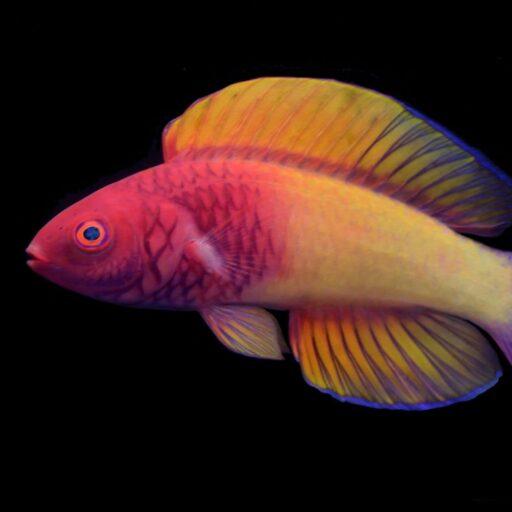
A colorful reef fish from the Maldives is the first new-to-science species described by a Maldivian scientist. The fish, Cirrhilabrus finifenmaa, was named by Ahmed Najeeb, a biologist from the Maldives Marine Research Institute, after the local word for ‘rose’.
Subtle physical differences and DNA analyses confirmed the rose-veiled fairy wrasse is a separate species from the already-known rosy-scales fairy wrasse (Cirrhilabrus rubrisquamis).
Researchers say the newly described fish is already being sold for the aquarium trade, calling it “unsettling when a fish is already being commercialised before it even has a scientific name.”
Image: California Academy of Sciences
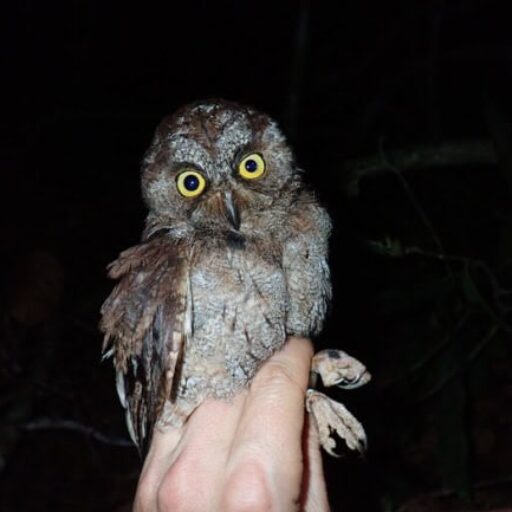
With the help of locals on Príncipe, a small island in Africa’s Gulf of Guinea, scientists found Otus bikegila, a new species of scops owl.
The owl has only been found in an area of around six square miles. The bird makes a distinctive sound, a short “tuu” note repeated rapidly, making it sound like an insect. This call helped lead the researchers to the bird.
Approximately 1,000 to 1,500 individuals live on the island and researchers have proposed that the species be classified as critically endangered.
Image: Barbara Freitas
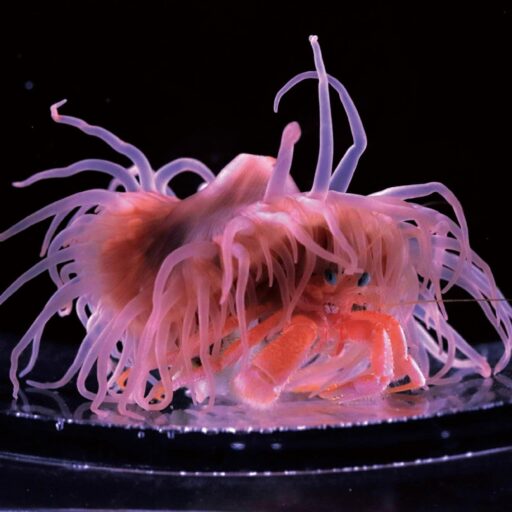
A newly described anemone species has been found off the coast of Japan, and appears to live exclusively on the shells of one hermit crab species.
First-of-their-kind video recordings of the hermit crab and anemone duo show the crab moving to a new shell and spending more than 40 hours poking, peeling and dragging the anemone to come along.
Researchers believe the hermit crab and anemone are in an obligate symbiotic relationship, or that they need each other to survive. The anemone eats falling debris and protects the hermit crab from parasites and predators, and in turn, gets to hitch a ride to fresh feeding grounds.
Image: Akihiro Yoshikawa
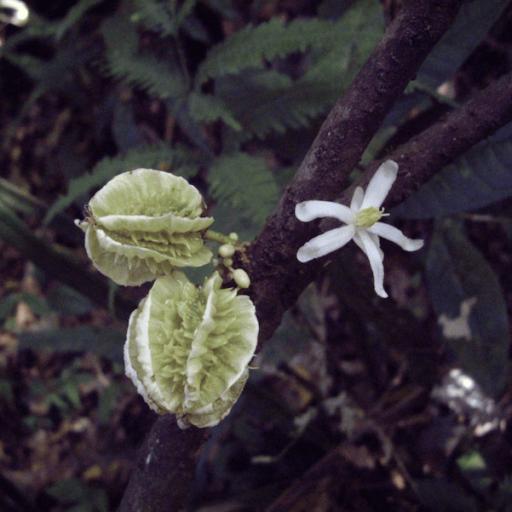
A new tree species found in the rainforests of Nicaragua and Honduras was named Carpotroche caceresiae after Berta Isabel Cáceres Flores, an Indigenous activist from Honduras who was killed in 2016 for her opposition to a major dam project.
The tree grows up to 15 meters (45 feet) tall and has white, star-like flowers. It’s assessed as near threatened with extinction.
Berta Cáceres was awarded the prestigious Goldman Environmental Prize in 2015 for waging a grassroots campaign that successfully pressured the world’s largest dam builder – Chinese state-owned Sinohydro – to pull out of a dam project slated for construction on the sacred Gualcarque River.
Over the past decade, 1,733 environmental defenders have been killed worldwide trying to protect their land, according to a report by Global Witness.
Image: Indiana Colorado
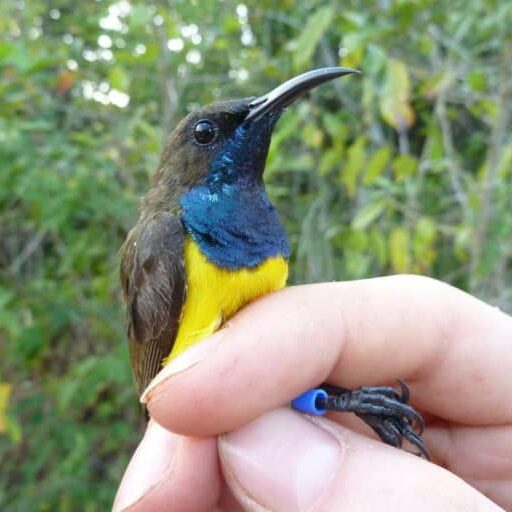
A group of researchers in the tropical Wakatobi Islands in central Indonesia found several new species of sunbirds.
The tiny archipelago is also part of the Wallacea region that many scientists consider “a living laboratory” for the study of evolution, with endemic species being newly identified to science in recent years.
The researchers said their findings reinforce recommendations to protect the Wakatobi Islands as an endemic bird area, especially as so much remains unknown to the scientific community.
Image: David J Kelly
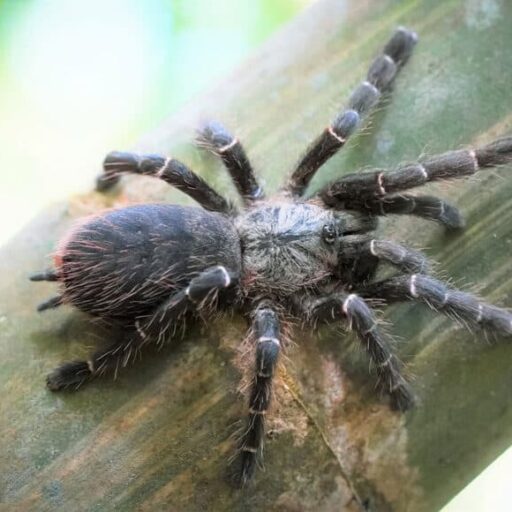
In Thailand, a well-known wildlife YouTuber, JoCho Sippawat, found a new genus of tarantula and collaborated with scientists to describe the species, Taksinus bambus, nicknamed ‘bambootula’. Its name honors the Thai king Taksin the Great (1734-1782).
The tarantula lives inside bamboo stalks and is the first known species found on only one bamboo species. It crawls through holes made by other animals and insects or through natural cracks in the bamboo.
Image: JoCho Sippawat
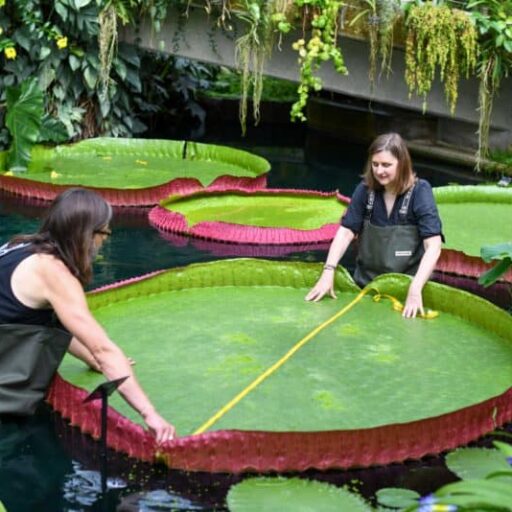
Measuring an impressive 3.3 meters (10 feet) across, the giant Bolivian waterlily (Victoria boliviana) is the largest in the world. The aquatic plant is found in the wetlands of the Bolivian Amazon and has been assessed as vulnerable to extinction.
A dried specimen of the waterlily was hiding right under the noses of researchers at Kew’s herbarium for more than 170 years before being identified as a new species last year.
Image: Kew
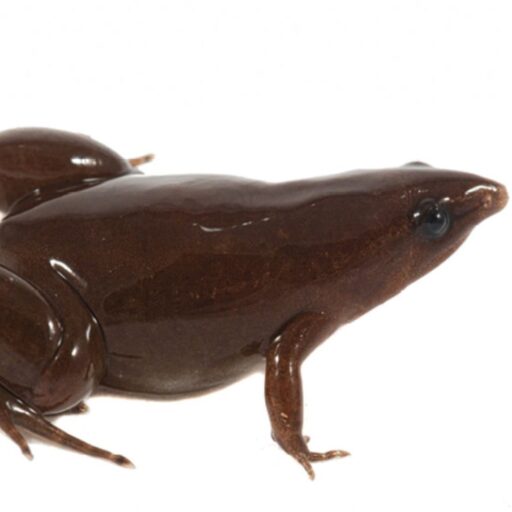
In the Peruvian Amazon, herpetologists followed a distinctive frog call to one of the rarest habitats in the forest, the Amazon peatlands. There, researchers dug up a new species of burrowing frog, Synapturanus danta.
The frog has been nicknamed the tapir frog for its distinctive-looking snout. The species was known to locals but had yet to be described by science.
A past study found peatlands in the Peruvian Amazon store 10 times as much carbon as the nearby undisturbed rainforest. A conservation area has been proposed for the region, and researchers say the tapir frog is yet another reason to conserve this peatland and the surrounding area.
Image: Germán Chávez
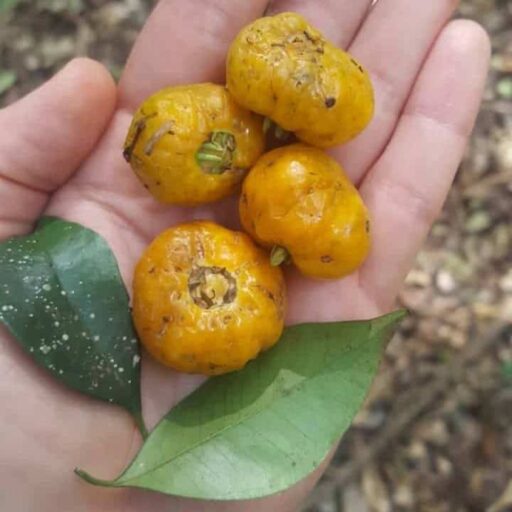
This tree with “bright yellow-orange fruits that taste of sour cherries with a slight hint of eucalyptus” is a new species found in Brazil’s Atlantic Forest, but only three specimens have been found.
Eugenia paranapanemensis a member of the myrtle family, grows in the providence of São Paulo and is considered critically endangered. Only 7 per cent of the Atlantic forest remains today, having been razed by agriculture, namely cattle ranching and farming for corn, soybeans and cotton.
Image: Paulo Camargo
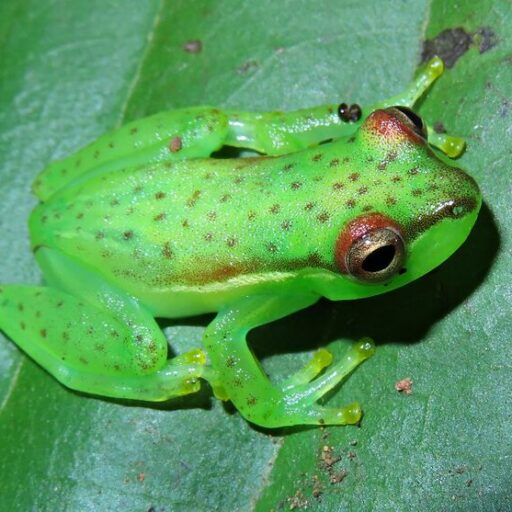
After six months of searching in the private nature reserve he co-founded in Costa Rica, Donald Varela-Soto found a tiny green tree frog, which he and others named the Tapir Valley tree frog (Tlalocohyla celeste) after its home.
Its only known habitat is the 8-hectare (20-acre) wetland within the Tapir Valley nature reserve, which adjoins Tenorio Volcano national park. Scientists assess the frog’s conservation status as critically endangered.
The reserve used to be a cattle pasture but has since become a living laboratory for forest restoration techniques. The forest also provides habitat connectivity for other wildlife, including the native Baird’s tapir (Tapirus bairdii).
Image: Tapir Valley nature reserve
Main image: California Academy of Sciences
This article was first published by Mongabay


